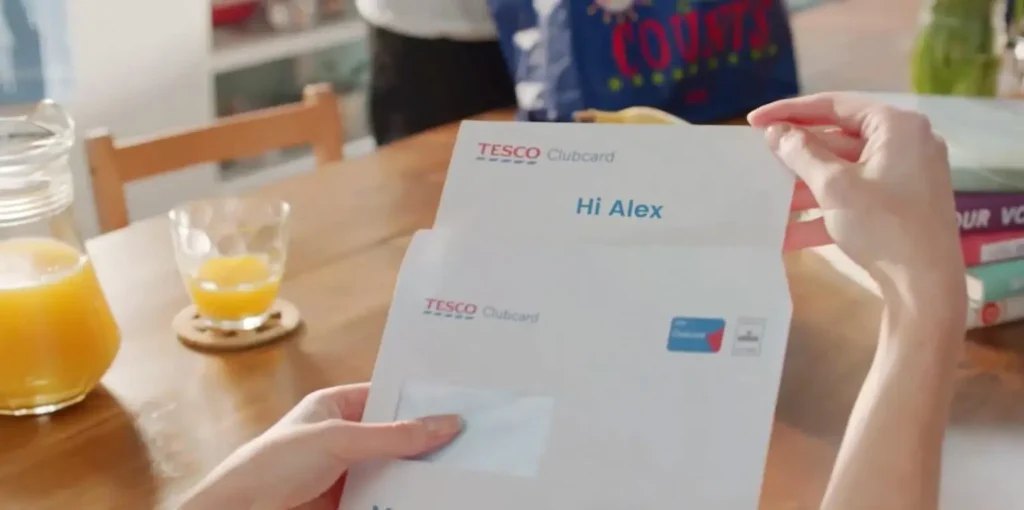We know marketing can be overwhelming. There are a lot of cogs in the machine, and it’s tough to discern which marketing tools can work for your business and which will just leave your head spinning. The good news is you don’t need to be everywhere using everything all at once.
Even more good news – we’re here to share with you the best ways to directly engage your customers, raise brand awareness and generate new business. These are effective marketing tools you can’t afford to ignore.
1. Social Media
Facebook, Twitter, Instagram – these are all direct lines of communication to your customers. They’re the places customers will not only be talking to you, but talking about you, as well. This is why it’s not enough to simply have a social profile. You’ve got to use it.
Mastering social media means engaging in larger conversations about where in the market you fit in and what solutions your brand offers. It also means engaging with your customers in prompt and meaningful ways.
Social media is a great place to help shape the conversation surrounding your product or service. Think outside of the box when it comes to your communication approach. Visually rich posts, especially those that include video, set the stage for customers to really connect.
93% of communication pertaining to feelings and attitudes is done nonverbally. This means you want customers to be able to see and hear what you have to say about your incredible products and how important customer satisfaction is to you. Video can be a powerful social media and marketing tool whether it comes in the form of DIY tutorials, product set-up guides or just general FAQ support.
By interacting with people and offering helpful visual communication and added value, you’re making their brand experience exponentially better, and they’ll be more likely to leave positive feedback and drive word-of-mouth awareness.
Why should you care? Because according to research collected by Vendasta, 92% of consumers consult an online review before making a purchase decision. 88% of consumers trust a review as much as a personal recommendation. And what about that bottom line everyone’s so worried about? The availability of positive reviews can produce an 18% uplift in sales, plus brands can retain the business of 95% of unhappy customers simply through offering quick and easy resolutions. We’d say that’s a lot of bang for your social media buck.
There’s also a flip side to the social media coin. When you’re not providing answers, sharing content and talking with customers, you should be listening. Remember in school when your teacher told you that you were born with two ears and one mouth for a reason? That logic applies to social media, too.
By simply using your digital ears to tune into common complaints, questions and request, you can adjust your marketing messaging to better accommodate your customer base. That foresight is just another reason they’ll keep coming back to you and not your competitors.
2. Email Campaigns
You may already be familiar with our love of well-executed drip campaigns. And it’s for good reason — email is basically a blank, digitally malleable canvas on which you can create the ultimate brand experience. Automation, personalization, simplicity and rich visuals all in one read-anywhere package? Sign us up.
Did you know that businesses noted a 451% increase in lead generation as a result of targeted personalized emails? Or that emails scheduled to send at crucial points in the sales cycle produce 18X more revenue than mass-email blasts?
Truth be told, more than 70% of consumers prefer dealing with businesses through email over any other type of communication and we don’t blame them. Email’s easy; it’s available when and where you want it, and it can be designed to deploy when it will make the biggest difference in the purchase process. Plus, it can very easily contain video,
the benefits of which we can’t emphasize enough. Case in point: simply including the word “video” in your subject line along can increase open rates by 19%.
3. Personalized Video
Lo and behold, the holy grail of brand experience, a phrase we’ve used quite a few times in this post. That’s because nearly all purchase decisions, and therefore revenue, hinges upon offering your customers a seamless, happy and easy experience with your brand. Of all the marketing tools we’ve mentioned, Personalized Video is the one that can knock some serious homeruns for you.
We all love seeing our name stuck on things – a cool magnet, a keychain, maybe on a little sign in a snow globe — but don’t think for a minute that that’s all Personalized Video is. Think of it more as the key to delivering unparalleled customer engagement by turning customer data into effective 1:1 video campaigns. Segment viewers based on gender, age, location, interests, shopping preferences and more, and then tailor-make each and every one their own highly-relevant video. Oh yeah, and it can be done in real-time.
Personalized Video campaigns have seen a 33% increase in conversion, a 335% boost in engagement and hundreds of thousands of happy customers.
If you found this useful and you’d like to learn how to take advantage of the latest trends in a fast-paced and ever-evolving marketing landscape, we invite you to download a copy of our “How to stay ahead of the game in the marketing industry” guide for CMOs.






